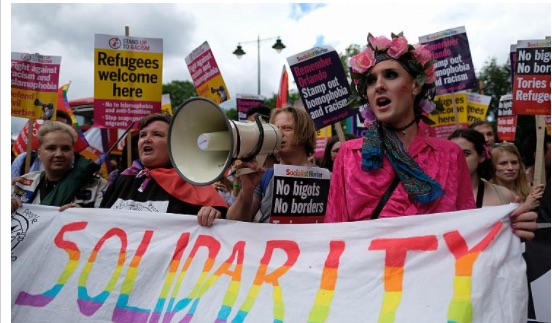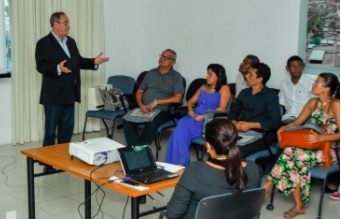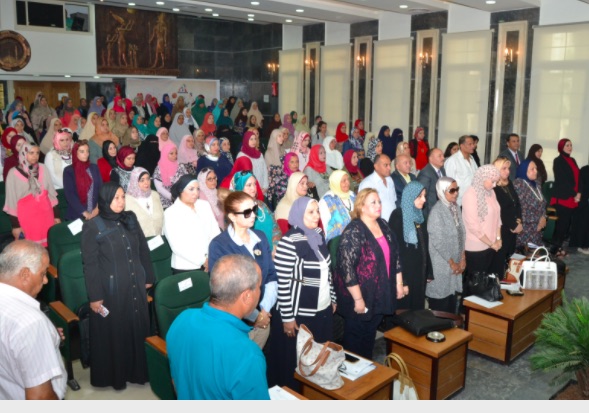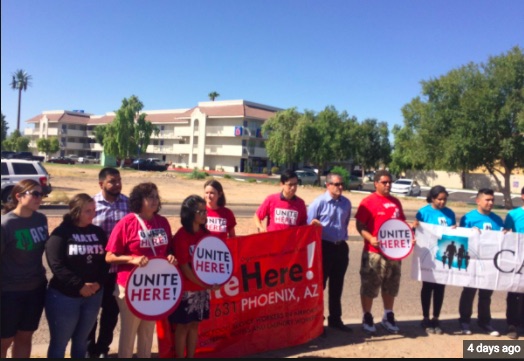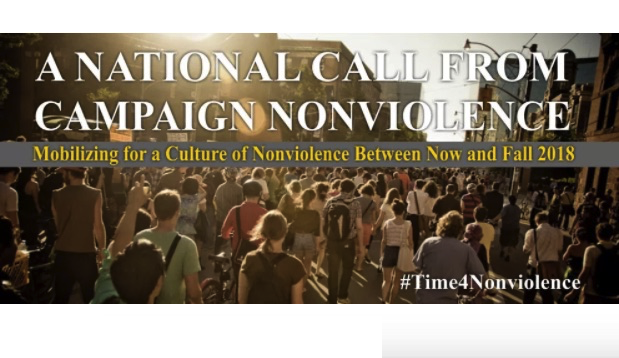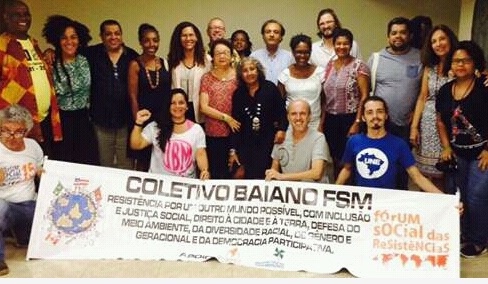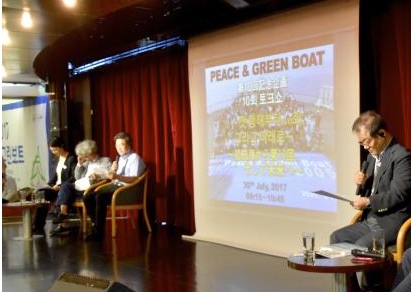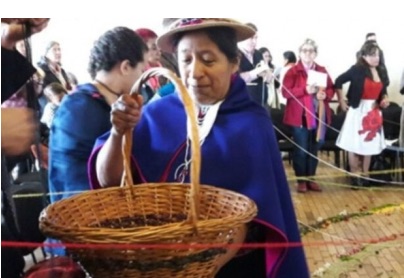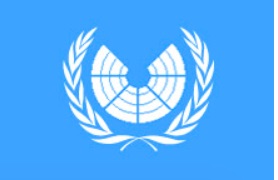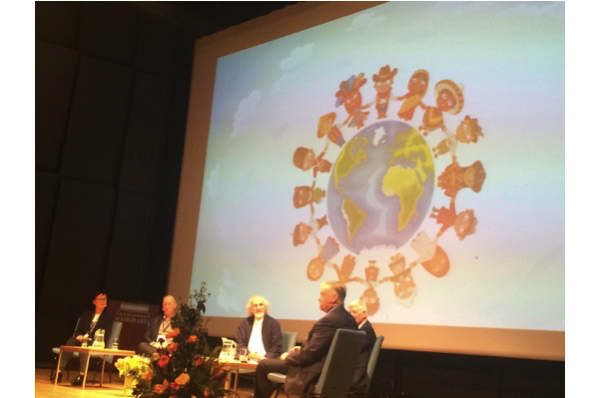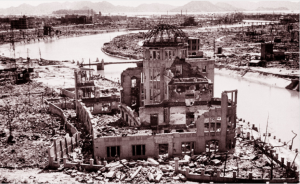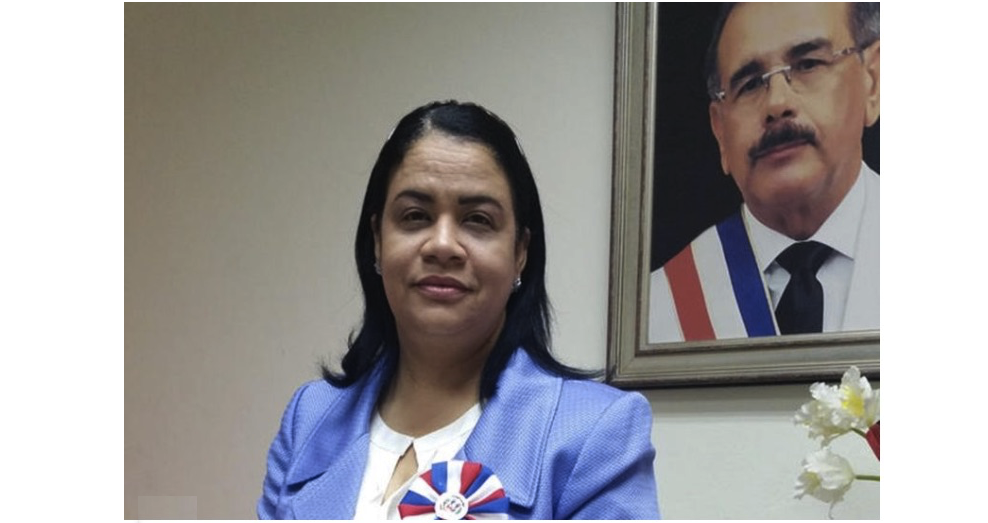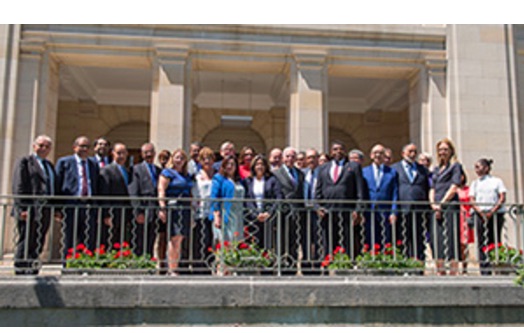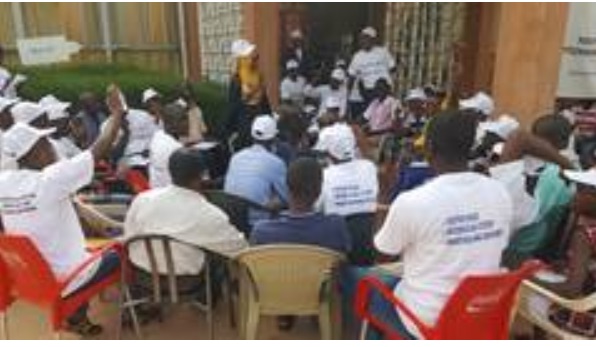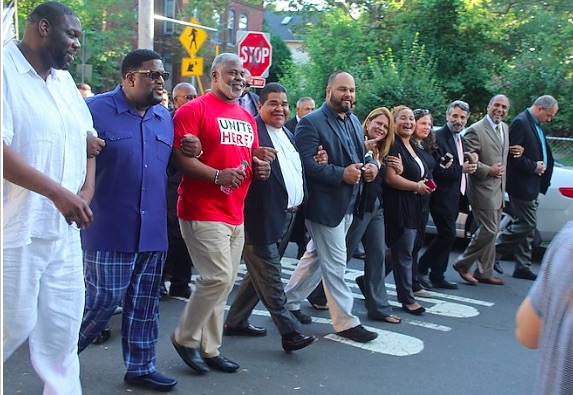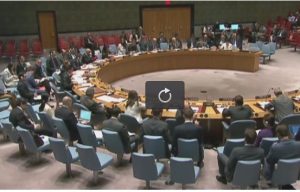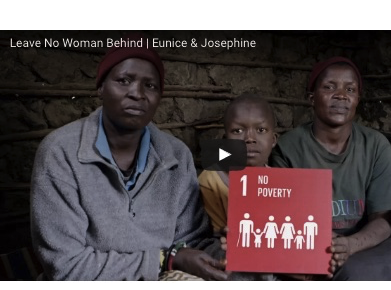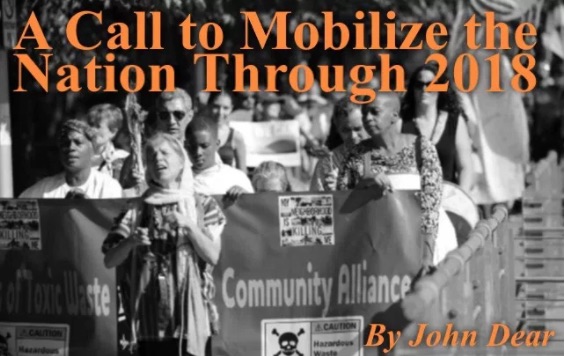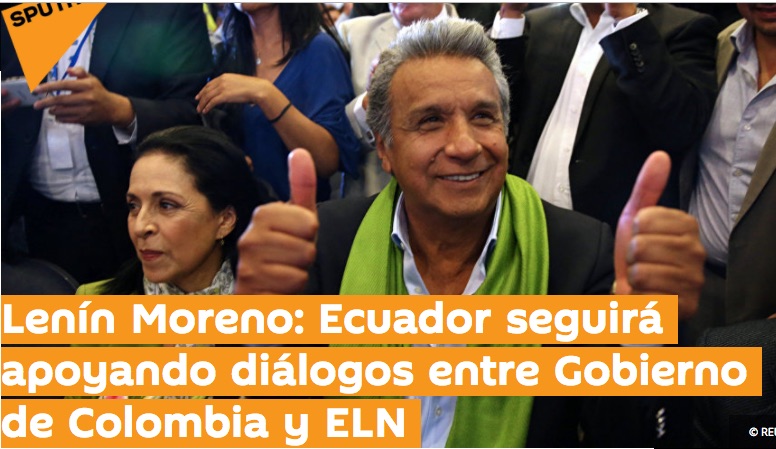The news this month is dominated by the new generation.
In the United States on March 14, over one million students in over 3000 schools walked out of classes to protest gun violence, led by the survivors of the massacre of 17 students and staff in Parkland, Florida, last month.
As explained by Chelsea, a high school student, “We’re here protesting gun violence all across America. Guns don’t solve problems, they create problems. And obviously, as you can see, we all feel strongly about this. This is something that’s been going on for far too long. And if people—if adults aren’t going to take action, we need to take action.”
In the words of another high school student, Jayleen Flores, “A big part of this was to show that our generation is going to make the change because we are the future, and we are soon to be adults. So it is like this is our time to really get out there and have them listen to us,””
Ten days later, on March 24, young people took the leadership in over 800 ‘March For Our Lives’ events across the United States, including almost one million in Washington, D.C. alone. The most remarkable moment at the Washington rally was when 17-year-old Emma Gonzalez, a survivor of the Parkland shooting, addressed the crowd and paused for a full 6 minutes and 20 seconds silence – the time it took for the gunman to kill 17 of her Marjory Stoneman Douglas High School classmates.
In some of the biggest U.S. youth demonstrations for decades, protesters called on lawmakers and President Donald Trump to confront the issue. Voter registration activists fanned out in the crowds, signing up thousands of the nation’s newest voters. In Washington, Cameron Kasky, a 17-year-old high school junior, told the crowd: “Politicians: either represent the people or get out. Stand with us or beware, the voters are coming.”
The young people are finding substantial support in their efforts to change the gun laws of the United States. Both of country’s teacher’s unions are supporting the student walkout and demonstrations. Many politicians and Hollywood stars joined in the demonstrations.
One especially symbolic contribution was that of the New England Patriots football team which offered their airplane to transport the students from Parkland, Florida, to the Washington demonstration.
Photos illustrate the historic nature of the demonstrations.
And there are already important economic effects. Major corporations are cancelling the discounts that they previously offered to members of the National Rifle Association. And the oldest gunmaker in the country, Remington, has filed for bankruptcy.
Meanwhile, on the other side of the globe, it is a teenager, 17-year-old Amed Tamimi, who has become the heroic representation of resistance by the Palestinians to the Israeli occupation. She has been sentenced by a secret military court to 8 months in prison for have slapped, pushed and kicked an Israeli soldier who was occupying her house not long after he or another soldier in his squad shot her cousin in the head with a rubber bullet, forcing him into a coma. Her mother filmed the episode and uploaded it onto Facebook. As a result Amed has become a hero while her mother has been sentenced to prison for “incitement.” Meanwhile, the film has sparked solidarity actions around the world.
The scale and historical importance of these actions by the new generation reminds one of the leadership by youth in the global movement against the war in Vietnam in the 1960’s and in the movement against Apartheid in South Africa in the 1970’s. As a result, the Vietnam War had to be abandoned, and Apartheid was overthrown. Will America’s lax gun laws be changed and will the Israeli occupation be overcome? The answer is in the hands of the new generation.
|
DISARMAMENT AND SECURITY |
FREE FLOW OF INFORMATION |
DEMOCRATIC PARTICIPATION |
SUSTAINABLE DEVELOPMENT |
|
WOMEN’S EQUALITY |
HUMAN RIGHTS |
TOLERANCE AND SOLIDARITY |
EDUCATION FOR PEACE |



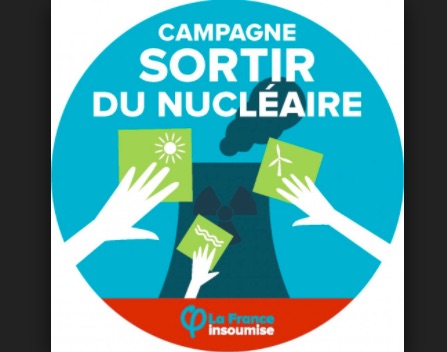
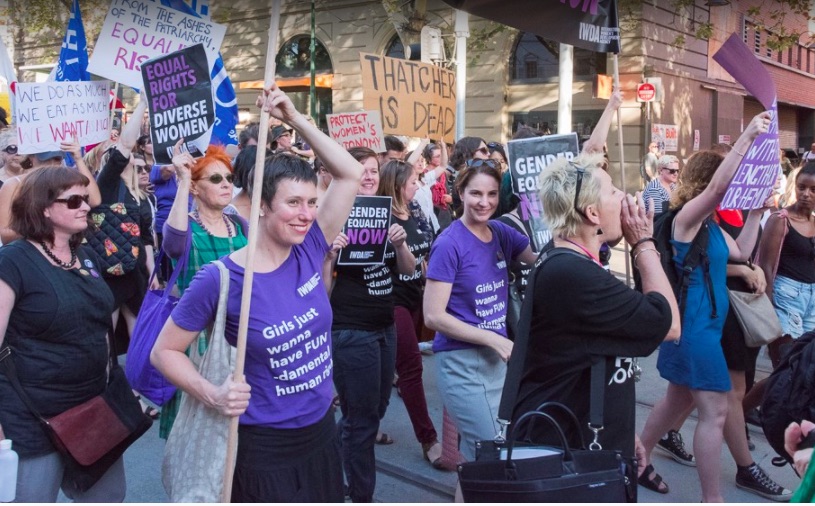

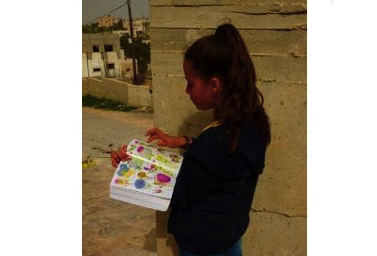
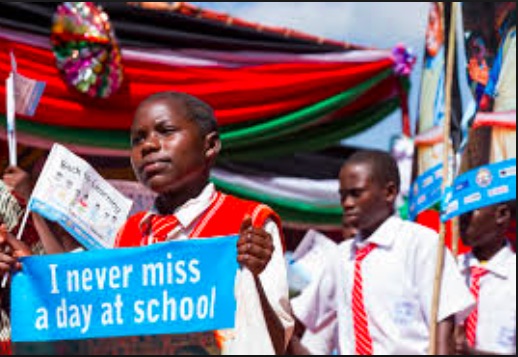

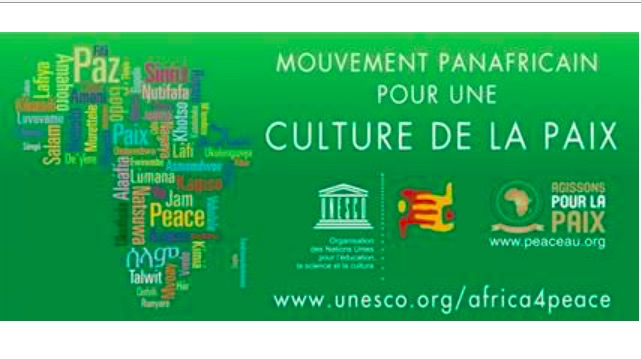
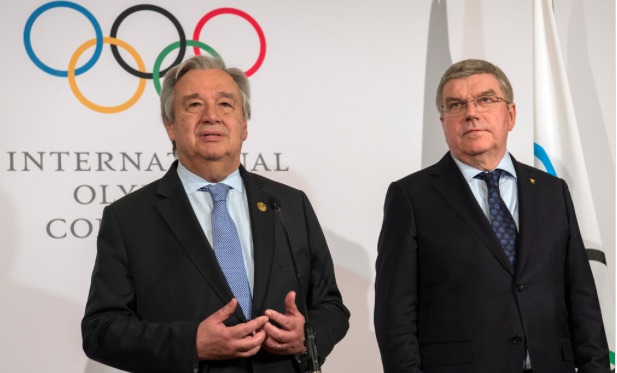


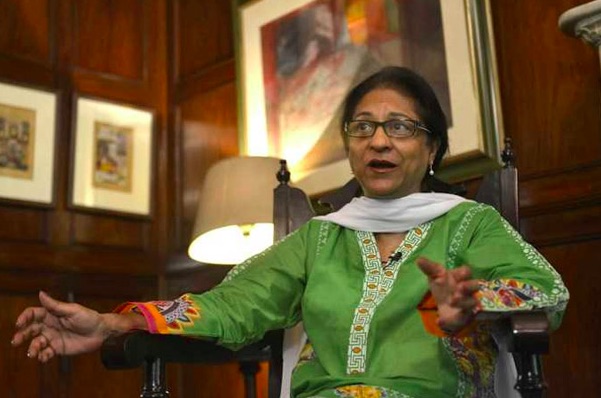



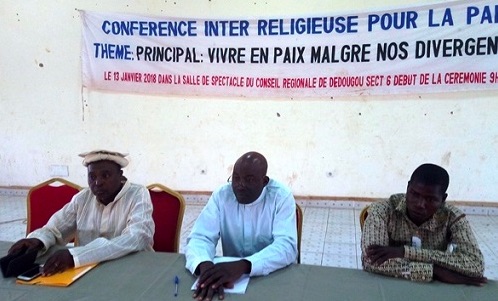


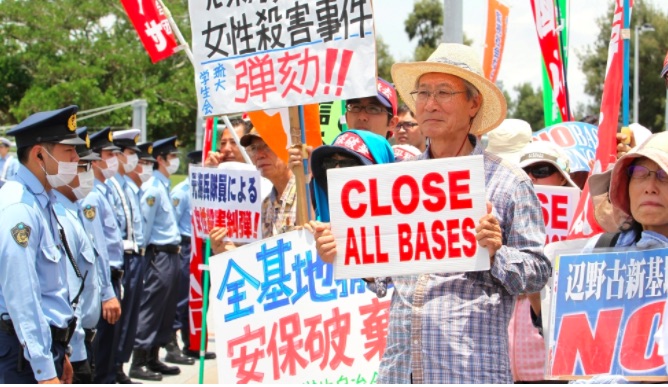
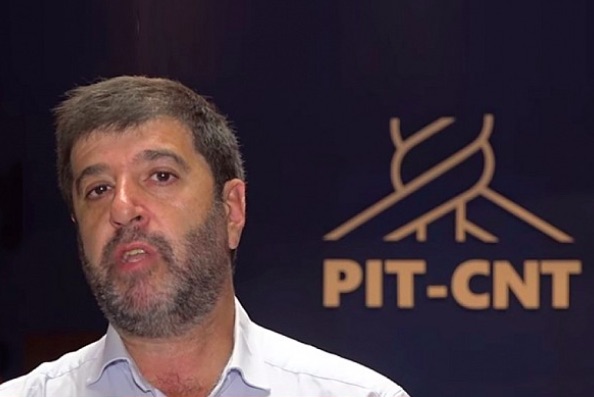
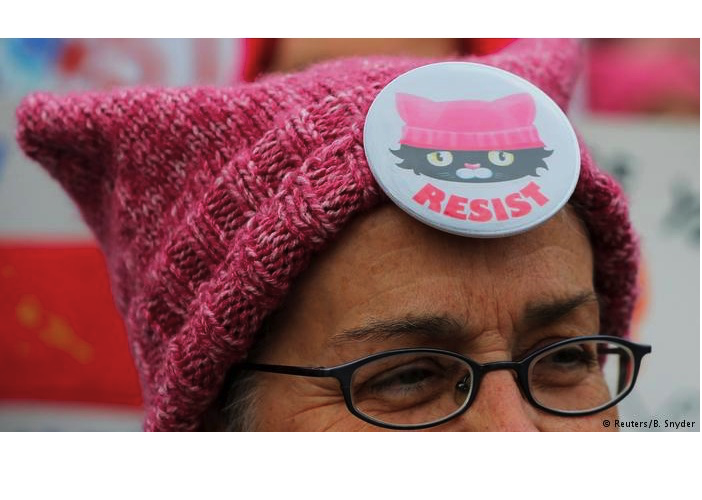
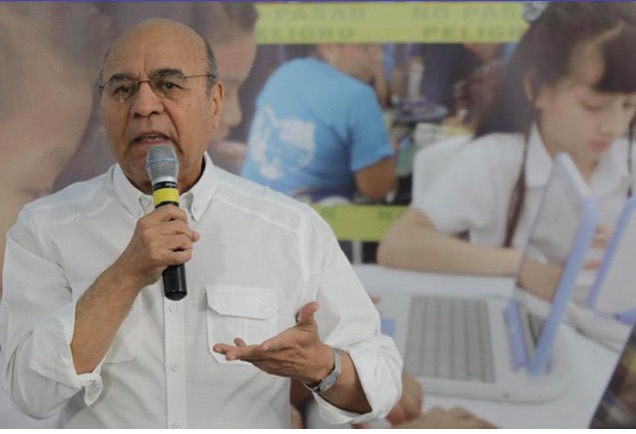

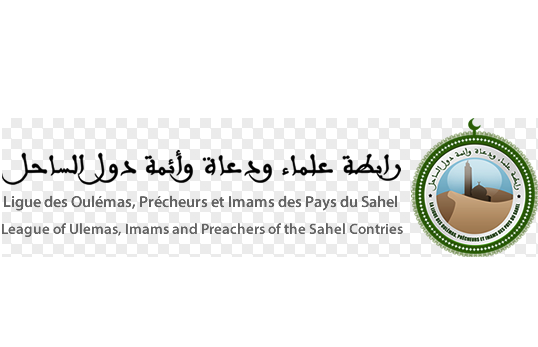

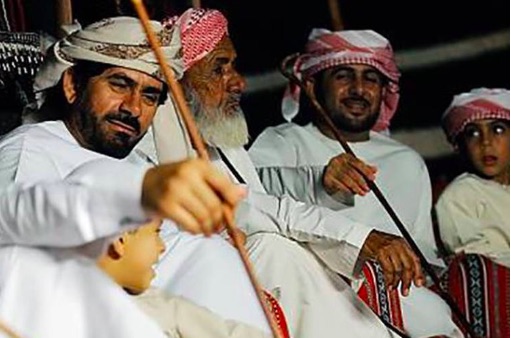
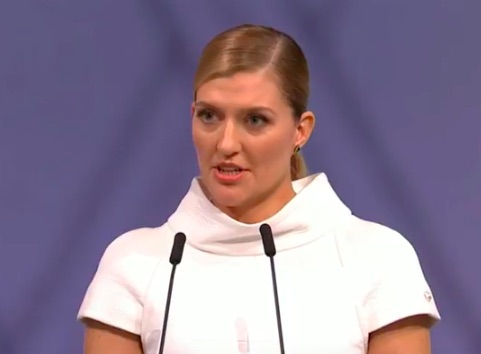
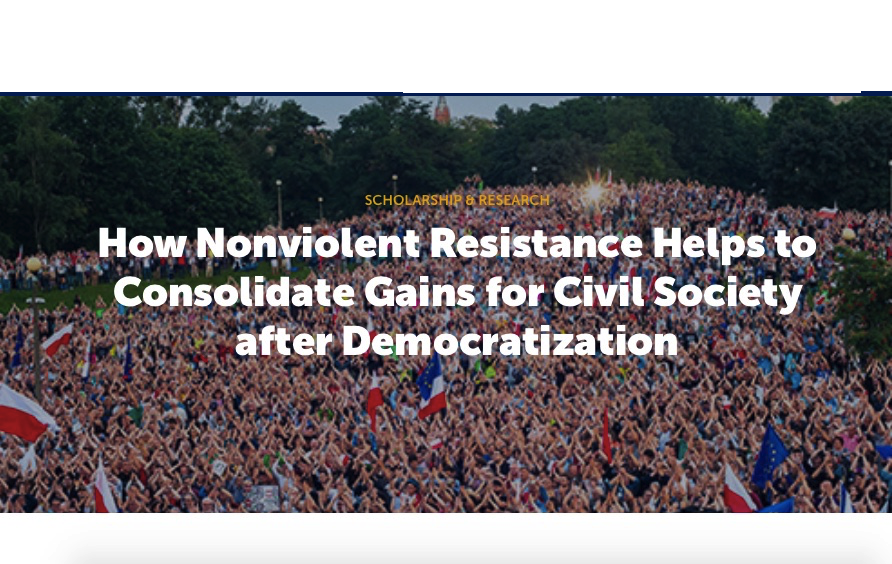


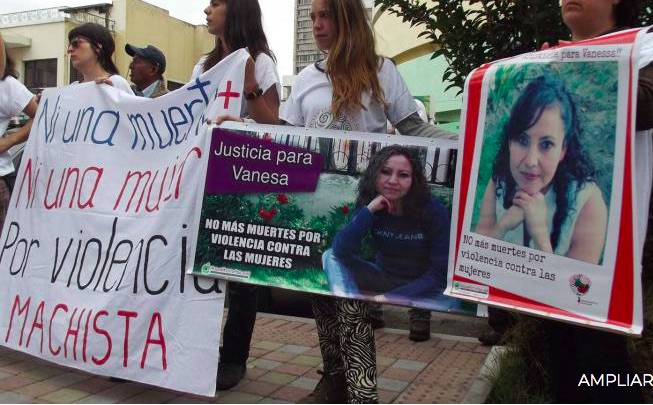

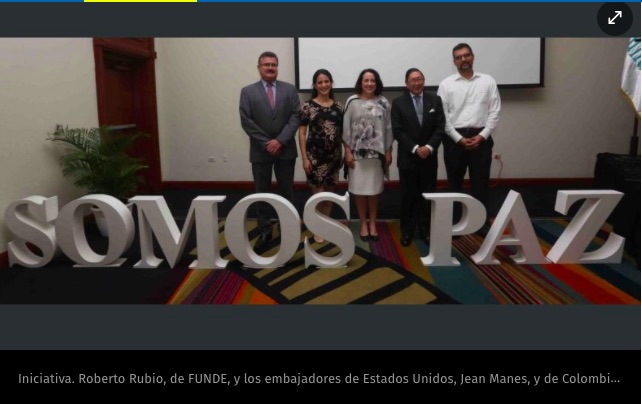
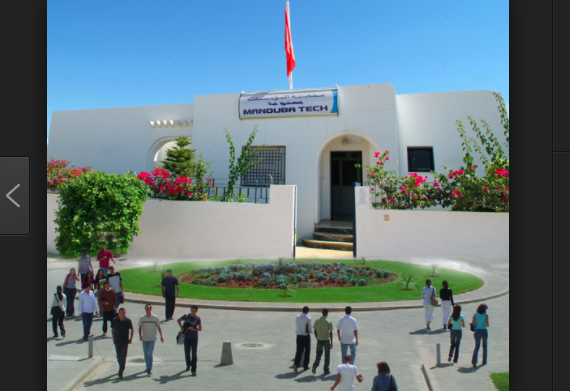
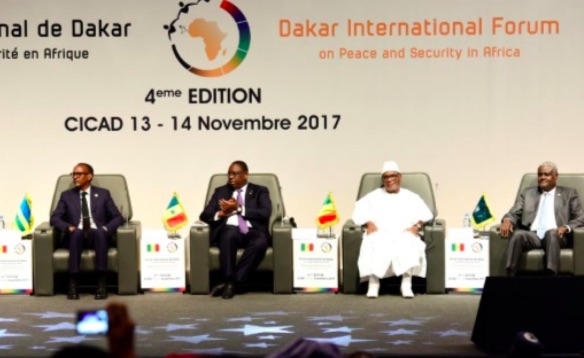
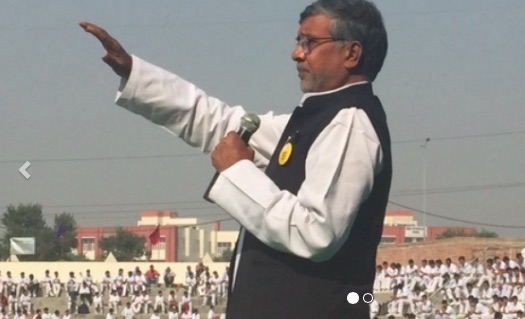
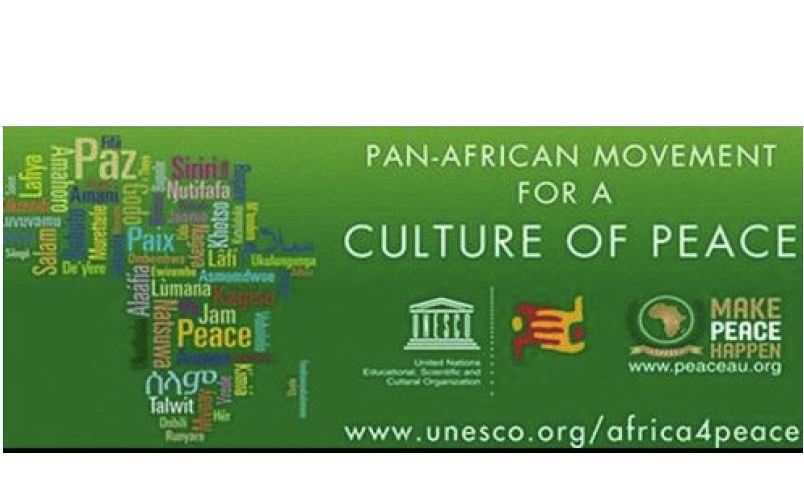



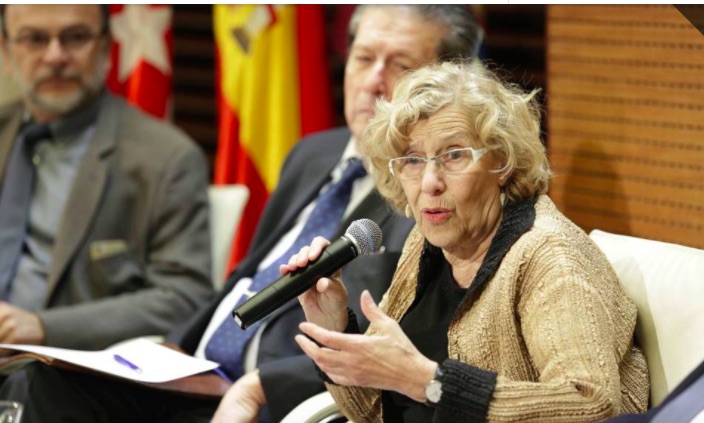
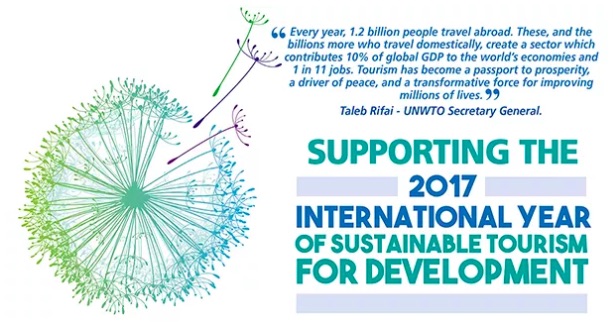


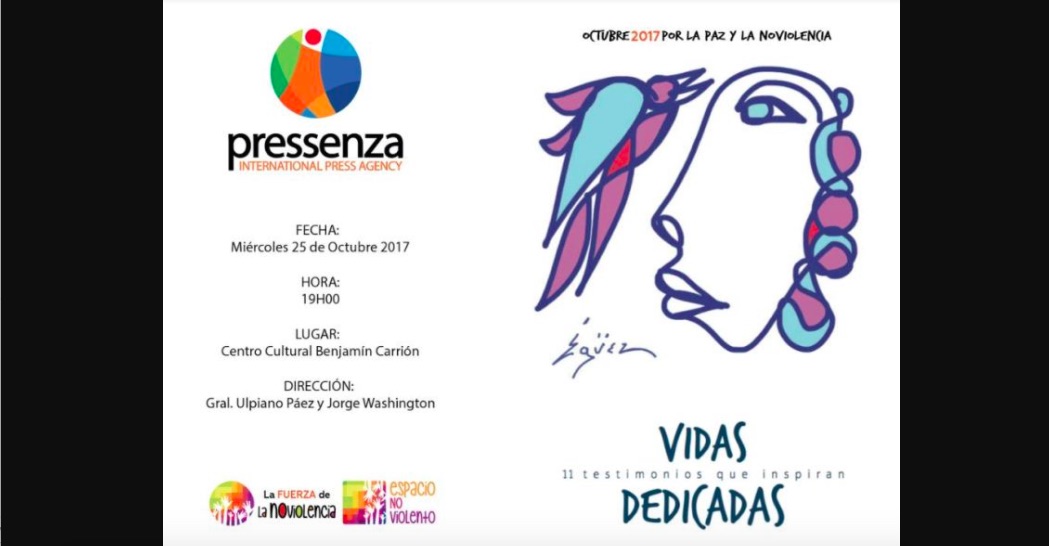
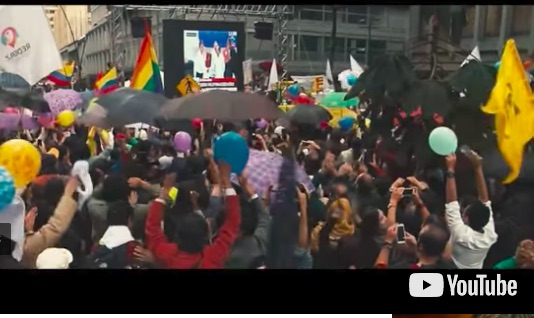
 Children and youth celebrating a culture of peace around the world
Children and youth celebrating a culture of peace around the world